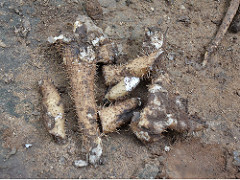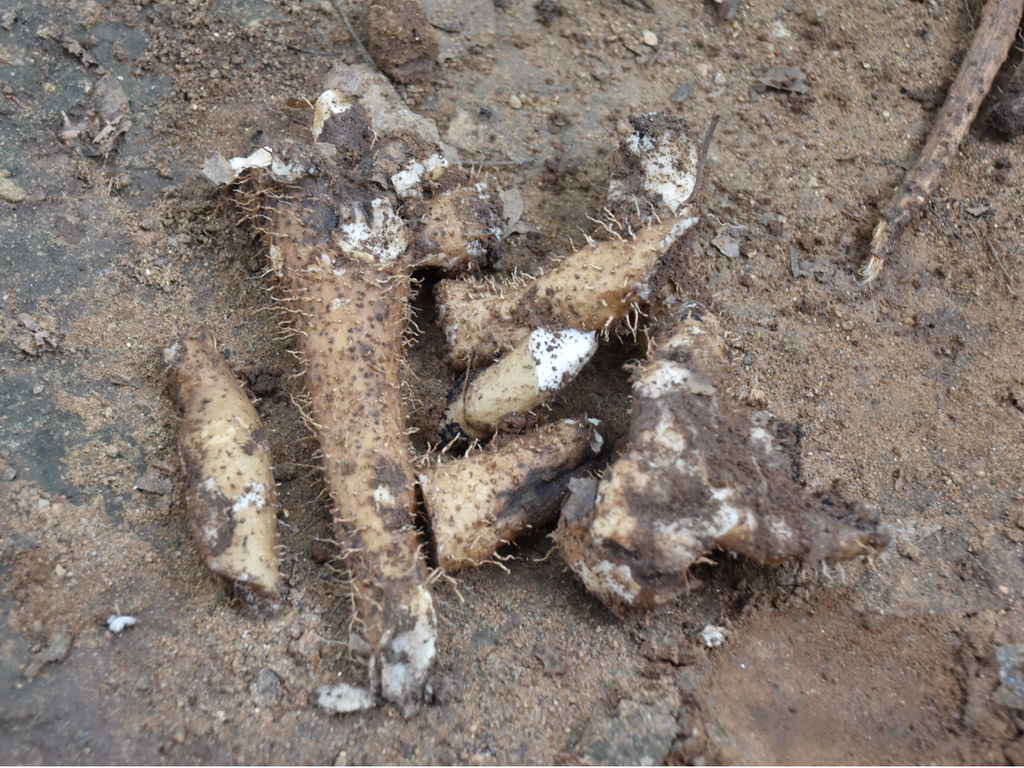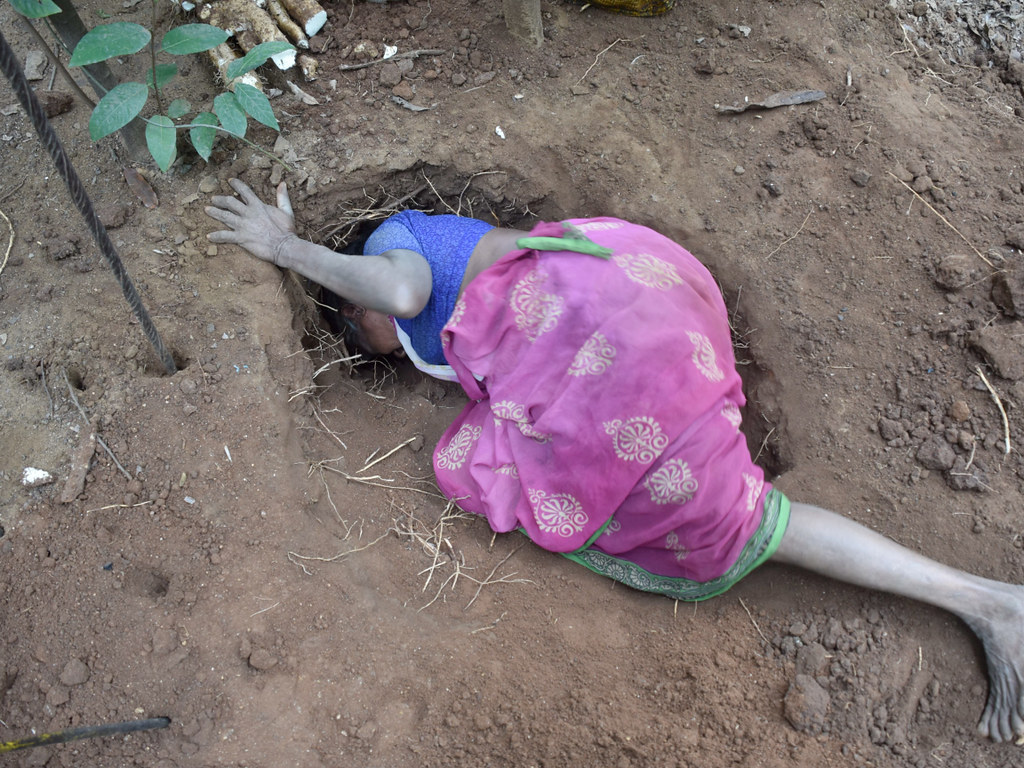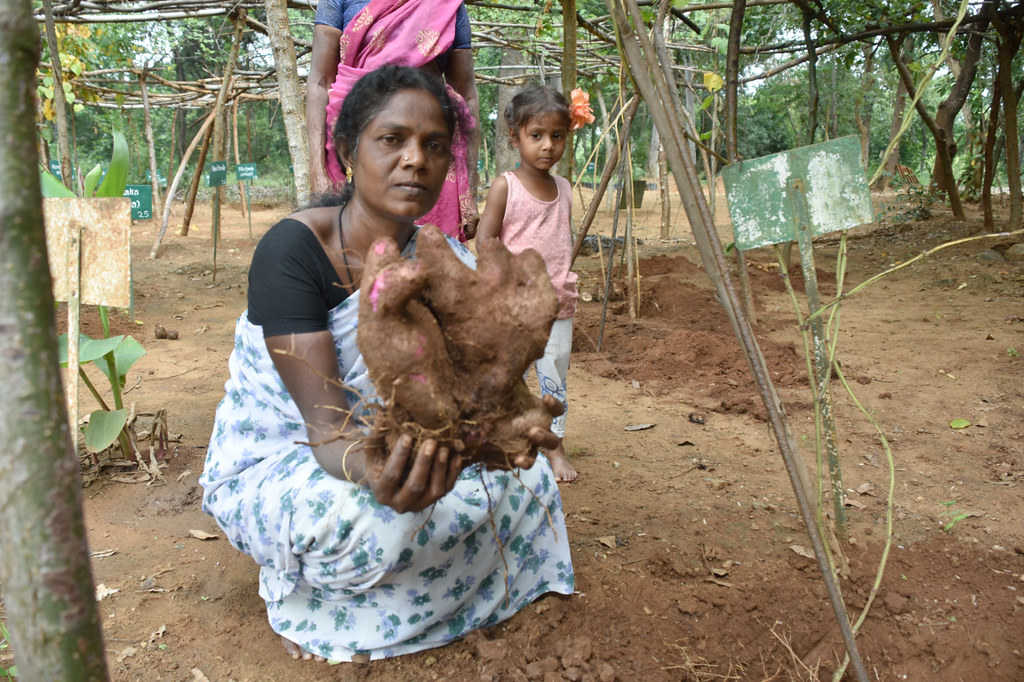TAMIL NADU, India – About 2-2.5 years ago several species of yams were sown in the Kudhraiyar nursery of the Palni Hills Conservation Council in Tamil Nadu. The yams were from several parts of central India (Maharashtra, Odisha, Chhattisgarh, Tamil Nadu). This was essentially to grow these yams and to be able to learn how to identify them. Notes had been taken periodically at every stage of their growth, the way they twine, leaf, flower, etc., as this is a little studied subject. The tribal settlement near the nursery who have been harvesting and consuming yams for generations have been interested in the nursery since its inception, especially the women, though their own identification was limited to about 4 species.
(It may be mentioned here that there were about 25 species of yams in this part of south India).
Sufficient for a couple of days¨ rich in phosphorus and minerals
An alternative to PDS; can miss the morning walk and the gym
In early January 2018, about 15 plus species were harvested by 3 women from the settlement; all knew their yams and the precise way of digging for them, and the entire operation took about 6 hours. Below are some of the pictures. All the harvested yams will be sown again in 2 nurseries that will specialize in yams. This will include adding to the collection from different parts of the country. A few lessons/talk from the women:
- However much rice we get or eat we will always dig for yams (Mayil Aatha)
- There is a yam, known as kanal kizhangu that goes very deep, and which has a prickly stem and a single leaf. While digging it one should not talk, otherwise the tuber keeps going dow
- For good tubers the soil should not be too “dense” as in the nursery. Sandy soils allow the yam to grow well and easily, and sink well into the ground.
- The “mullu valli” (Dioscorea tomentosa) took the most time to harvest and the photos are while the women dug that. Each stem lead to a separate tuber, the pit needs to be broad enough to accommodate the woman as she progresses downwards. The woman takes care not to disturb the stem and its attachment to the tuber, a skill unparalleled, and leaves this fragile attachment after the yam is out. A future harvest is assured.
Dioscorea alata, the prize dig
Cooking of the yams, except for the ones with toxic principles, is simple: just with a little salt. The best side-dish recommended is dried fish.







